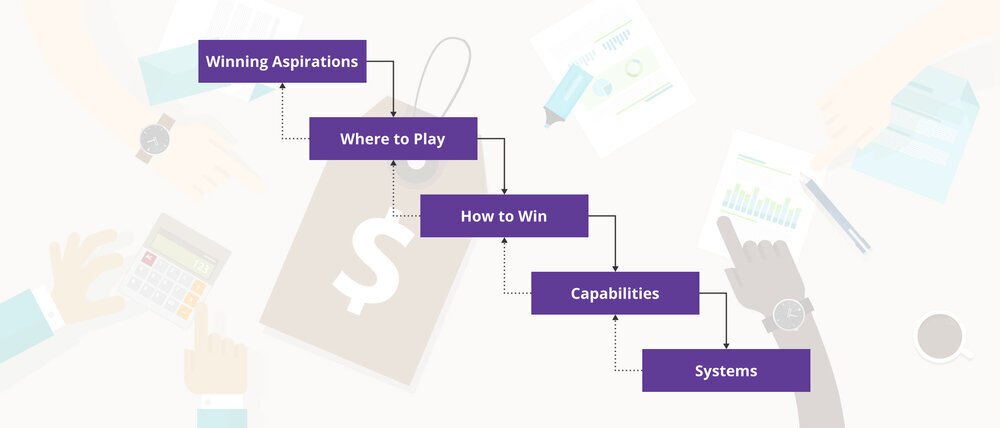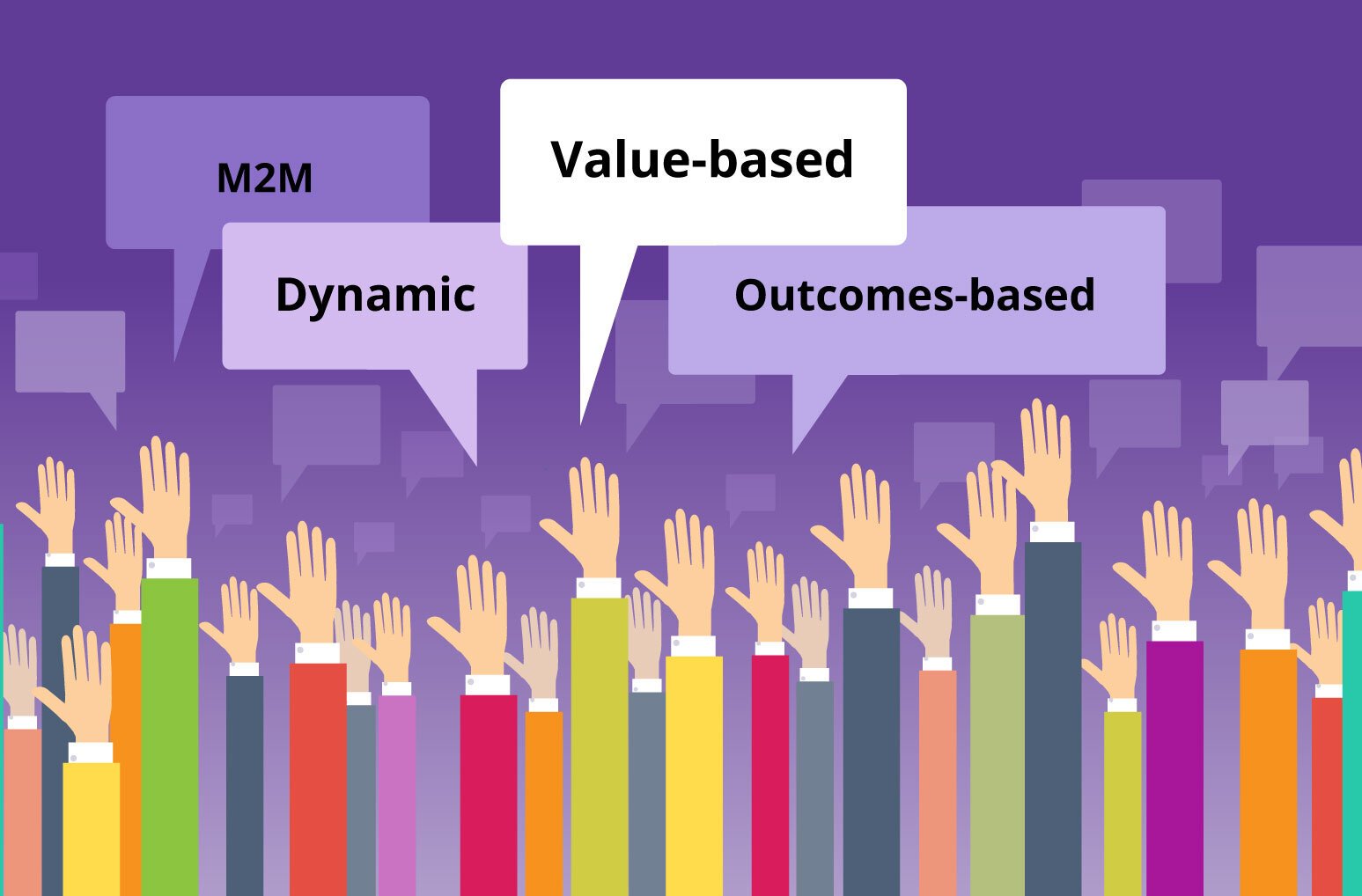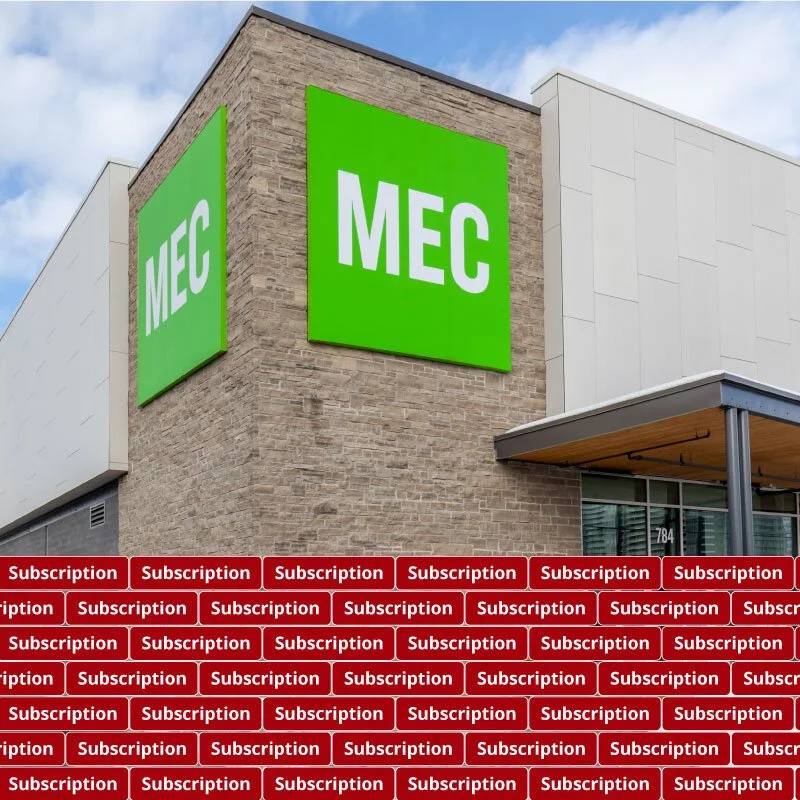THE VALUE & PRICING BLOG
The latest stories, blog articles, and pricing news from the Ibbaka team
How to negotiate price (getting to positive-sum pricing)
Pricing negotiations are among the most difficult in business. If not framed in terms of value and differentiation they quickly become zero-sum games, in which what one side wins the other side loses. Poorly handled, they can even become negative-sum games, where both sides lose. How can you make sure your pricing negotiations are win-win negotiations?
Six pricing explorations for 2021
Much of the published content on pricing is meant to be either expository or persuasive. That is to say, it is meant to either explain things to you or to persuade you of a certain approach. That is true for Ibbaka as well. In 2021 we will be layering in something new - exploratory work. These are explorations of pricing and ways to frame pricing where we risk being wrong. It is through exploration that we will be able to move the pricing discipline forward.
What gets measured gets managed - How to measure your pricing
There is an old saying “what gets measured is what gets managed.” Most companies do not do a good job of managing pricing. Is that because they do not measure it? What aspects of your pricing performance should you be measuring? How will those measurements help you to manage pricing? We conclude with three critical measures you need to get started.
An overview of pricing strategy
Pricing strategy is critical to commercial excellence. Without a pricing strategy pricing drifts into throw it at the wall pricing and becomes a frozen accident. What are the key aspects of pricing strategy? This post gives you a concrete introduction. It is a great place to get started.
Applying the Strategic Choice Cascade for Pricing - HSBC Case Study
Discover the transformative potential of strategic pricing with Ibbaka. Our insights on dissecting Roger Martin’s Strategic Choice Cascade, crafting winning aspirations, targeting high-value market segments, and executing tactical decisions to connect value metrics with pricing strategies.
How not to price - the two most common approaches to pricing
It is often said that cost-based pricing is the most common pricing methodology. I fact the two most common approaches to pricing are ‘throw it at the wall and see what sticks’ and the ‘frozen accident.’ Here is how to recognize these two pricing anti patterns and what to do when you find them.
How to plan your 2021 pricing strategy
2021 is just around the corner. Here are the three critical things to do to plan you pricing strategy for next year., and a tool to help you with your planning.
The future of pricing - results from a quick poll
There is a lot of noise in the pricing world about how pricing will evolve over the coming years. Some say dynamic pricing will dominate. Others remain focussed on value-based pricing. There is more and more discussion of outcomes or results based pricing. Other people have already begun to speculate about machine-to-machine pricing. People in the Professional Pricing Society’s LinkedIn Group and in the Coalition for the Advancement of Pricing have shared their thoughts. We summarize these here and provide some additional structure.
Customer journey maps as a key tool to inform and shape value
One of the key barriers to adopting value-based approaches, including value-based pricing is a lack of customer understanding. The best way to organize your research into customer value is a customer journey map. This tool is underutilized in pricing discovery. Here we show how to build a customer journey map that will inform your pricing.
Strategic Choice Cascade for Pricing - Ibbaka Talent Case Study
Ibbaka recently shared a template to help you define your strategic choice cascade for pricing. Here is a case study on how we apply this strategic choice cascade to Ibbaka Talent. We hope this will help you in defining your own strategic choice cascade for pricing.
From Value Networks to Systems Thinking: System Dynamics Modeling and Pricing
Guest post by Fabian Szulanski in which the connections between value networks and systems thinking are explored. Systems models can be quantified and the feedback loops made explicit, which makes system models a better approach to investigating the impacts of interventions and different pricing tactics.
Building the Vancouver Innovation Community - An interview with Mike Volker
Ibbaka is committed to helping companies move from potential to growth. As part of this, we support the innovation economy and are active participants in the Vancouver community. Mile Volker is one of the key people in our community, as an investor, fund manager and community organizer. In this interview he looks back on his career and casts a glance into the future.
Your pricing model needs a value model
Most companies have moved from having a price to having a pricing model. This is a necessary step towards the next generation of pricing excellence. But a pricing model without a value model is adrift. It does not help align the value to customer (V2C) to the price. It is only half the story. Effective pricing strategy requires that we connect a value model to a pricing model.
Why are companies struggling to adopt Value Based Pricing?
Despite the benefits of value-based pricing, companies are still lagging on implementation and execution. Corporations are failing in value-based pricing and are therefore not maximizing their opportunities to transact. This is a topic that Laura Fay, TSIA VP & Managing Director, Offers Research and Advisory, and I will be exploring during TSIA Interact. On October 21st, we will be discussing why it is difficult for customers to identify and connect value metrics to pricing.
A simple template to apply Roger Martin's strategic choice cascade to pricing
The key to pricing is to connect strategy to execution. One of the best ways to do this is to use Roger Martin’s strategic choice cascade. Ibbaka uses this regularly with our clients and it helps build alignment across the organization. This is a template that you can download to guide you in your strategic choices.
Would subscription pricing have helped to save the Mountain Equipment Co-op (MEC)?
Mountain Equipment Co-op (MEC) was an important part of how Vancouver imagined itself. It failed in September 2020 and was sold to private equity. Could a subscription model have saved the co-op, forcing it to pay less attention to growth and more attention to its members?
How to price for SaaS transformation
The migration of licensed pricing models to subscription of SaaS pricing models continues. Many companies are asking how to migrate to the cloud and subscription models while protecting their established businesses. Begin with value-based market segmentation and then choose a pricing metric that tracks the value metric and differentiates from the licensed pricing.
Coming back to pricing work during a global pandemic
Coming back from maternity leave during a pandemic has reframed my understanding of the importance of emotional and community value drivers. At Ibbaka we have always included emotional value drivers in our analysis. Recently we have added community value drivers. We have recently been focussing on trust. As a mother with a child in daycare I have a real appreciation of the value of trust and its implications for pricing.
Weaving Social Consciousness into Corporate Identity - Community Value Drivers
Research has found that emotional value drivers play an important role in B2B pricing. In our recent work Ibbaka has found that it can be just as important to consider community value drivers, the positive (or negative) impacts a product or service has on the wider community. Including community value in market segmentation, customer targeting and positioning gives important pricing insights.
How to price new functionality
To thrive, to even survive, one must continually deliver new functionality to the market. For this to be sustainable, there has to be a return on the new functionality. It needs to be priced. In this post we explain how to price new functionality.
Never miss an update
Subscribe to the Value & Pricing Newsletter to get insights that help you supercharge your growth.





















